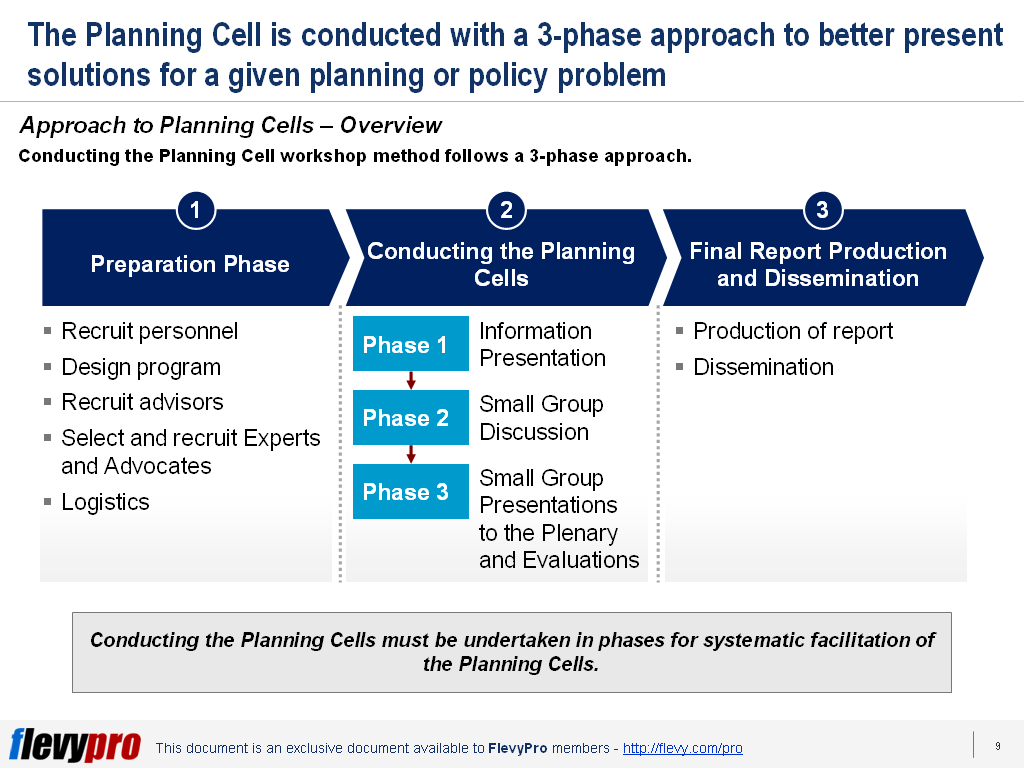Management processes–everything from how a company manages risk to how it gets supplies  for factories to how it manages and develops people–are some of the primary ways that global companies impose order and consistency on a diverse set of global operations. Companies believe that processes can help share knowledge across divisions and regions to achieve operational excellence. Likewise, seamless delivery and service processes can be central to meeting customer expectations.
for factories to how it manages and develops people–are some of the primary ways that global companies impose order and consistency on a diverse set of global operations. Companies believe that processes can help share knowledge across divisions and regions to achieve operational excellence. Likewise, seamless delivery and service processes can be central to meeting customer expectations.
In a world where the pace of competition is increasing faster than ever, best-in-class processes can create competitive advantages when it comes to innovation and risk management. However, researches have shown that companies are particularly poor at managing processes. Often there are just too many processes. Worst, executives often do not know where to begin; a Leadership Development dilemma.
Global Process Optimization is the strategic approach to building a real Competitive Advantage. However, it can be a challenge and there are pitfalls that organizations must face.
The Pitfalls of Organizations
Global organizations are particularly poor at managing processes. Processes are considered one of the 3 weakest aspects of organizations and strengthening them is crucial.
Based on a McKinsey survey of executives, executives do not know what their processes are. Inasmuch as there are just too many processes, these processes do not reflect new customer needs. In fact, there exists a resistance to change that can be damaging to an organization.
Organizations have to understand that processes can go wrong on a global scale and it can bring in a lot of challenges to an organization.
The 3 Core Challenges to Global Organizations
Organizations are faced with 3 core challenges when dealing with processes and transforming them to a global scale.
- A Plethora of Processes. When there are a plethora of processes, there are just too many processes and too little value. This happens when executives are unable to differentiate between processes that are essential to creating global value and those that are inessential but offer benefits if these are consistent. Executives also fail to differentiate between processes that are crucial to customers or those that create value and those that do not. A plethora of processes is also created when the operation is in various locations or as a result of M&A activity.
- Overstandardization. How do you know that overstandardization exists? It is when processes are so rigid that they are slow to respond to new growth. As a result, there is a dramatic decrease in local responsiveness. This core challenge often arises because there is just too much concern about maximizing control and reducing risk.
- Resistance to Change. This is the third core challenge faced when change is introduced and there is resistance. Resistance to change often occurs when there is difficulty in changing customer-facing processes until the organization is faced with customer backlash. Executives often fail to understand customers’ preference for standard global service. The thinking is often directed towards country-specific variations which are not often what customers like.
Overcoming the 3 core challenges can be done. Organizations just need to take on a 3-phase approach that will ensure that all global processes are enabling performance. These are Prioritize, Optimize, and Implement. A 3-phase approach is an effective tool towards approaching Global Process Optimization in a strategic manner where value is maximized at minimal cost and complexity.
Interested in gaining more understanding of Global Process Optimization? You can learn more and download an editable PowerPoint about Global Process Optimization here on the Flevy documents marketplace.
Are you a management consultant?
You can download this and hundreds of other consulting frameworks and consulting training guides from the FlevyPro library.
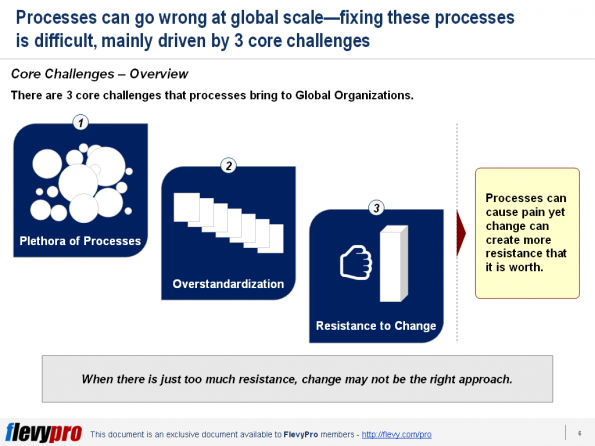

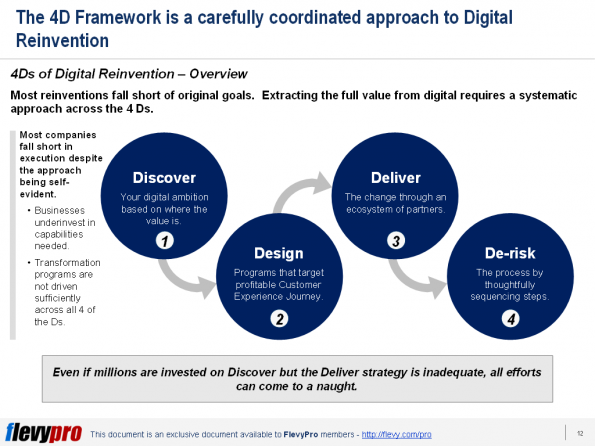
 what purpose and how, is neither in every man’s power nor an easy matter.” Aristotle
what purpose and how, is neither in every man’s power nor an easy matter.” Aristotle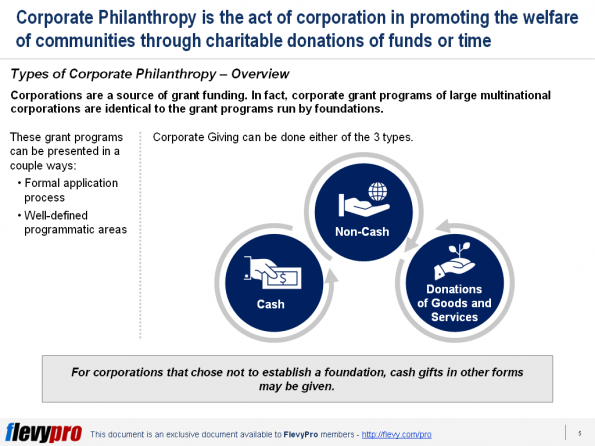
 hand and your left hand have never worked together. In fact, Mergers and Acquisitions revolve around a plethora of moving parts. Going into this direction can be complicated. Suddenly, there are two companies and additional stakeholders that now need to fairly and seamlessly work and communicate together in order to bring the deal to completion.
hand and your left hand have never worked together. In fact, Mergers and Acquisitions revolve around a plethora of moving parts. Going into this direction can be complicated. Suddenly, there are two companies and additional stakeholders that now need to fairly and seamlessly work and communicate together in order to bring the deal to completion.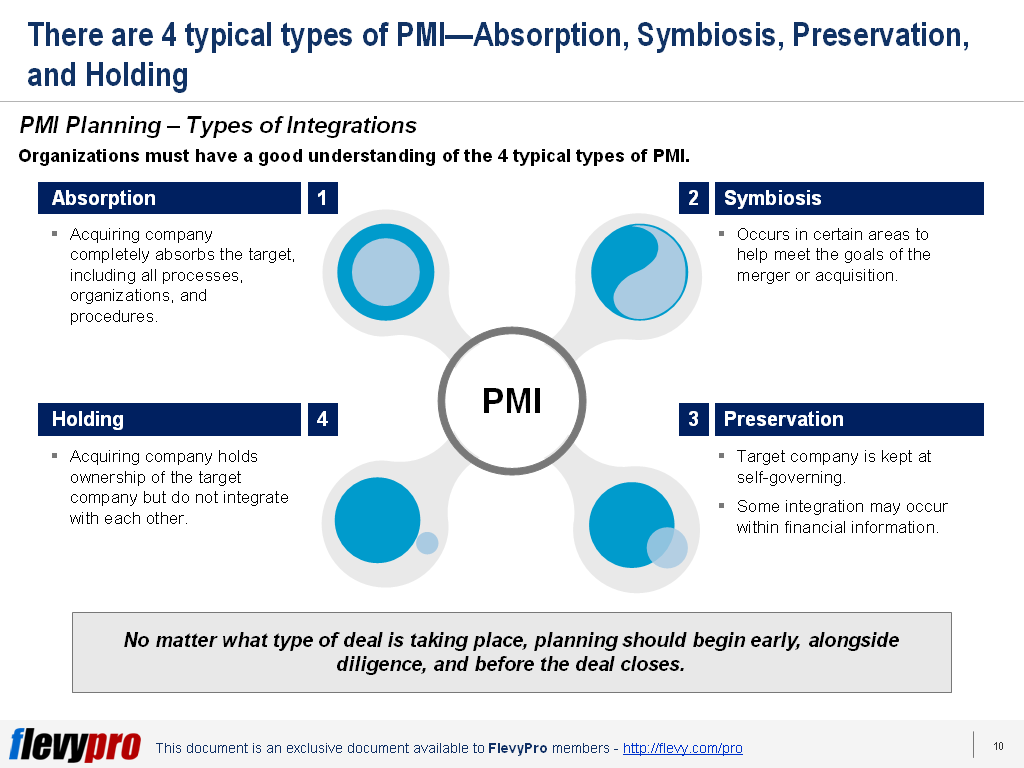
 their decisions to meet competing standards of organizations for effective and
their decisions to meet competing standards of organizations for effective and 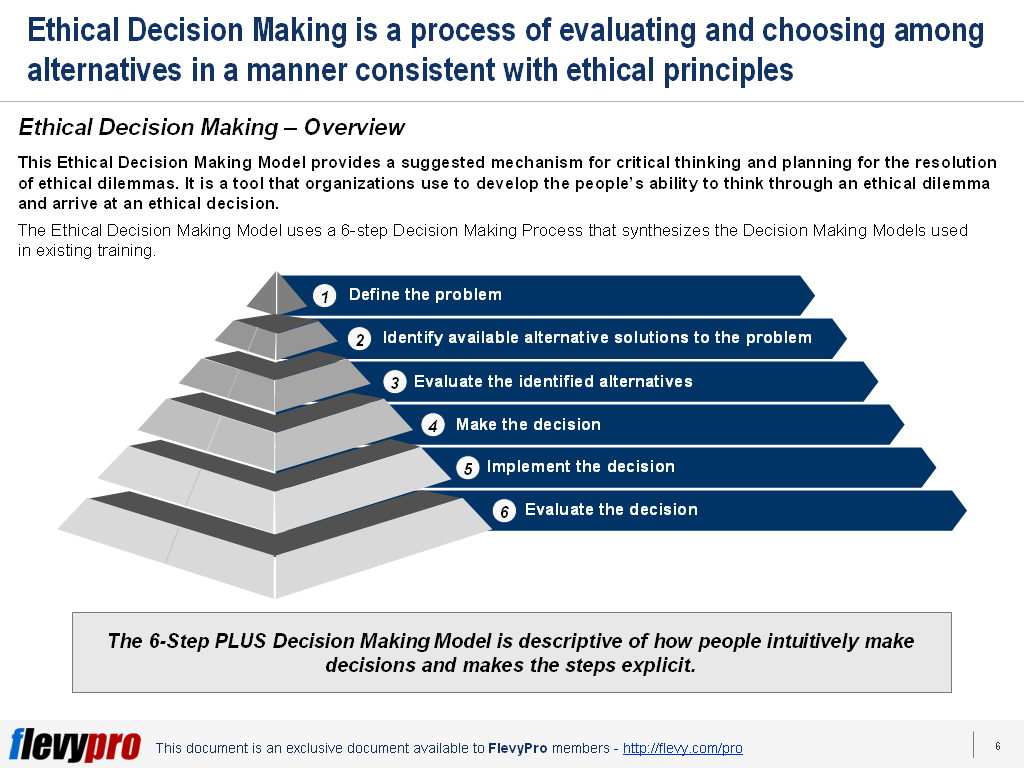
 business by 10 or 100 times. Tools and methods must be scaled up to ensure applicability to the widest possible audience globally.
business by 10 or 100 times. Tools and methods must be scaled up to ensure applicability to the widest possible audience globally.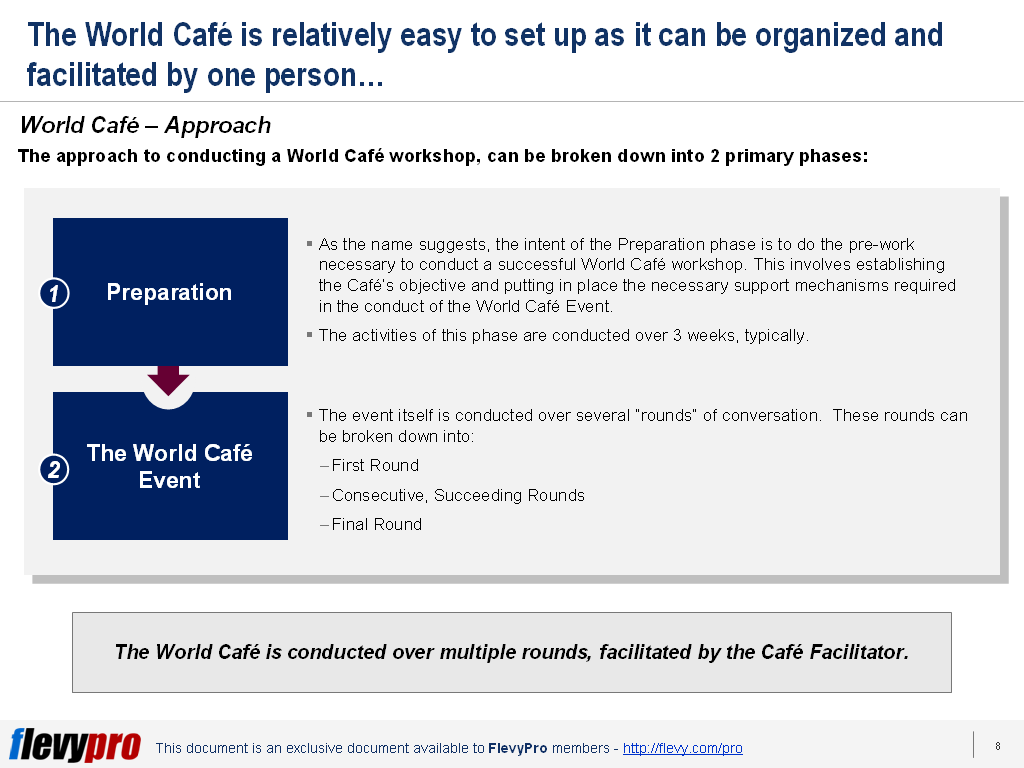
 Crisis Management has never been more profound.
Crisis Management has never been more profound.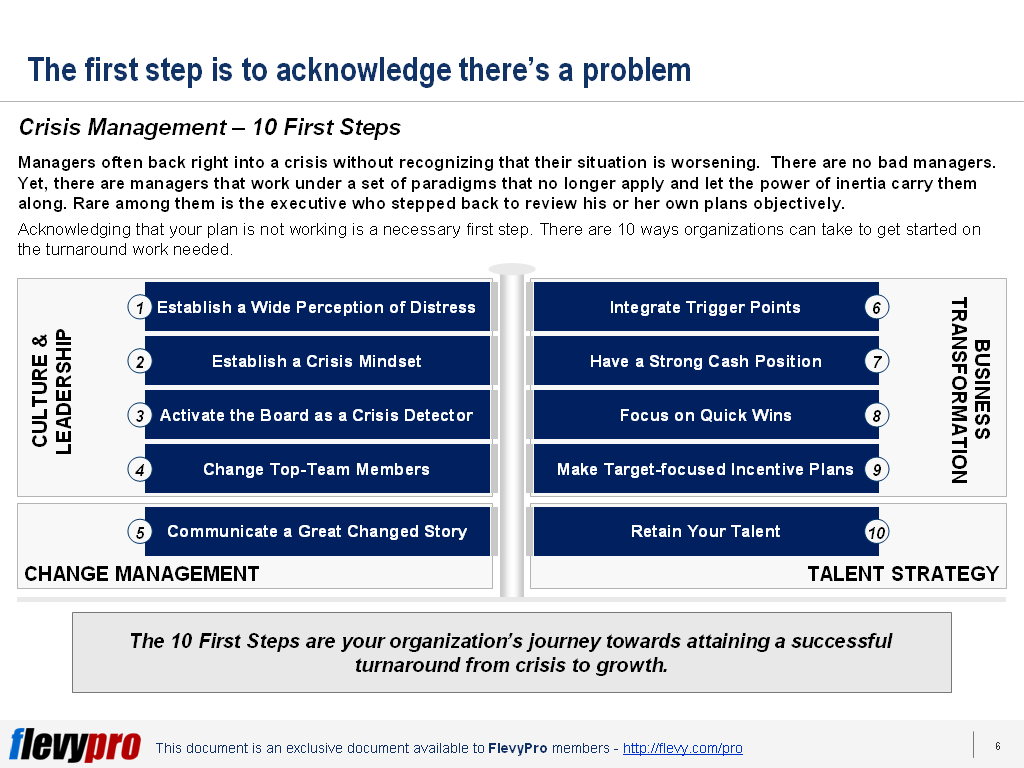
 business by 10 or 100 times. Tools and methods must be scaled up to ensure applicability to the widest possible audience globally.
business by 10 or 100 times. Tools and methods must be scaled up to ensure applicability to the widest possible audience globally.
 “Employees are charged with conducting their business affairs in accordance with the highest ethical standards.” “Morals, as well as legal obligations, will be fulfilled in a manner which will reflect pride on the Company’s name.” These all come from a company’s policy. Yet, to sustain a truly
“Employees are charged with conducting their business affairs in accordance with the highest ethical standards.” “Morals, as well as legal obligations, will be fulfilled in a manner which will reflect pride on the Company’s name.” These all come from a company’s policy. Yet, to sustain a truly 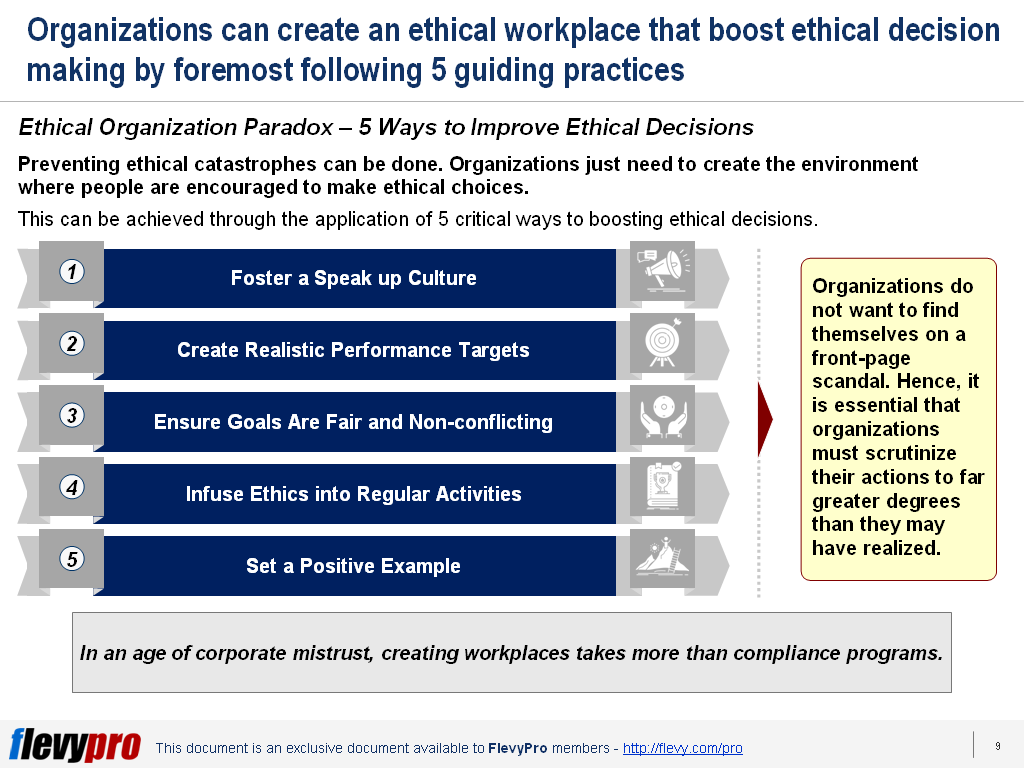
 business by 10 or 100 times. Tools and methods must be scaled up to ensure applicability to the widest possible audience globally.
business by 10 or 100 times. Tools and methods must be scaled up to ensure applicability to the widest possible audience globally.